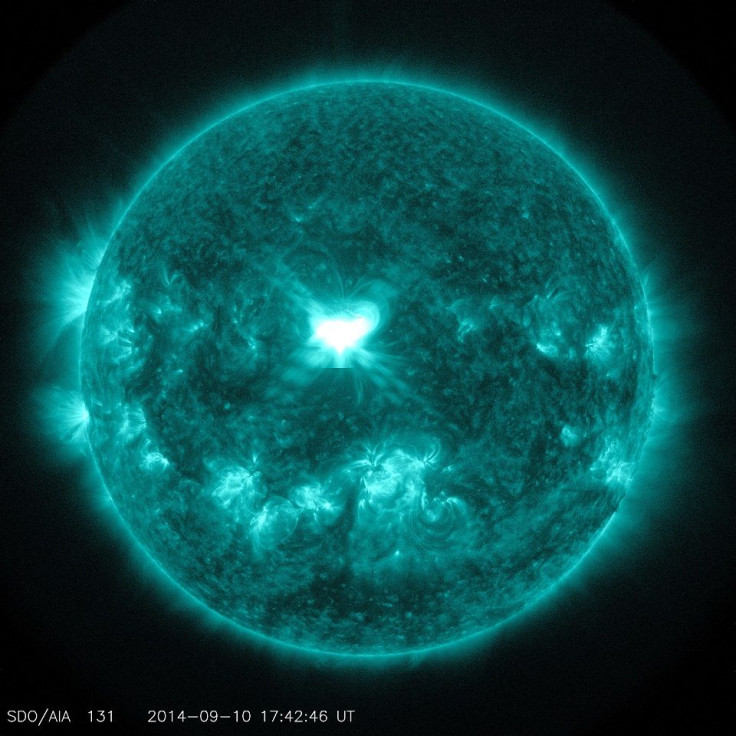234 stars pulsating is challenge for scientists not to look for alien life in radio signals

More scientists are joining the growing number of bright minds who believe the 234 pulsating stars is an indicator of possible alien life in the universe. However, with the discovery, astronomers are urging fellow scientists to rethink the search for aliens, particularly to go beyond radio signals.
The challenge to look elsewhere stems from the finding of two scientists at Laval University in Quebec that 234 stars out of 2.5 million stars catalogued by the Sloan Digital Sky Survey were acting strangely.
The astronomers observed a spectral modulation behaviour in the 234 stars which subtly change colours in repeating patterns. Ermanno Borra and Eric Trottier suggest the modulatios could possibly have been intentionally created by extraterrestrials, CS Monitor reports.
However, the science website notes doubt among other members of the astronomical community that the aliens created the signals in the pulsating stars. Borra, in a previous paper, says the signals from the stars are consistent with signals from an alien civilisation in which extremely rapid optical pulses were sent by extraterrestrials, Tech Times reports.
In 2015, the giant star KIC 8462852 stirred the science community after it emitted light patterns different from those of other stars. The two explain they believe the signals are caused by light pulses generated by extraterrestrial intelligence (ETI) in their study published on Oct 14 in the journal Publications of the Astronomical Society of the Pacific.
“We find that the detected signals have exactly the shape of an ETI signal predicted in the previous publication and are therefore in agreement with this hypothesis,” Borra says.




















